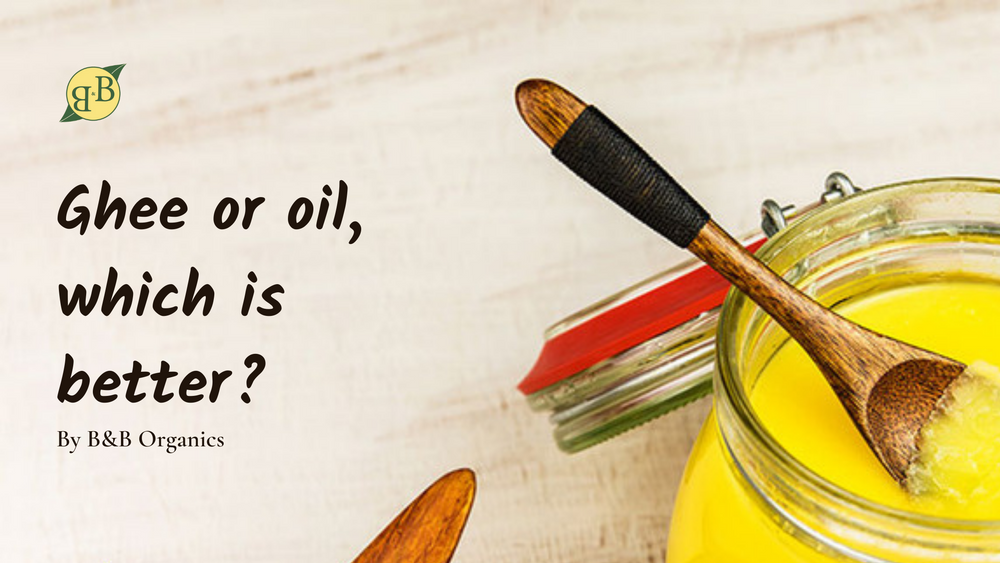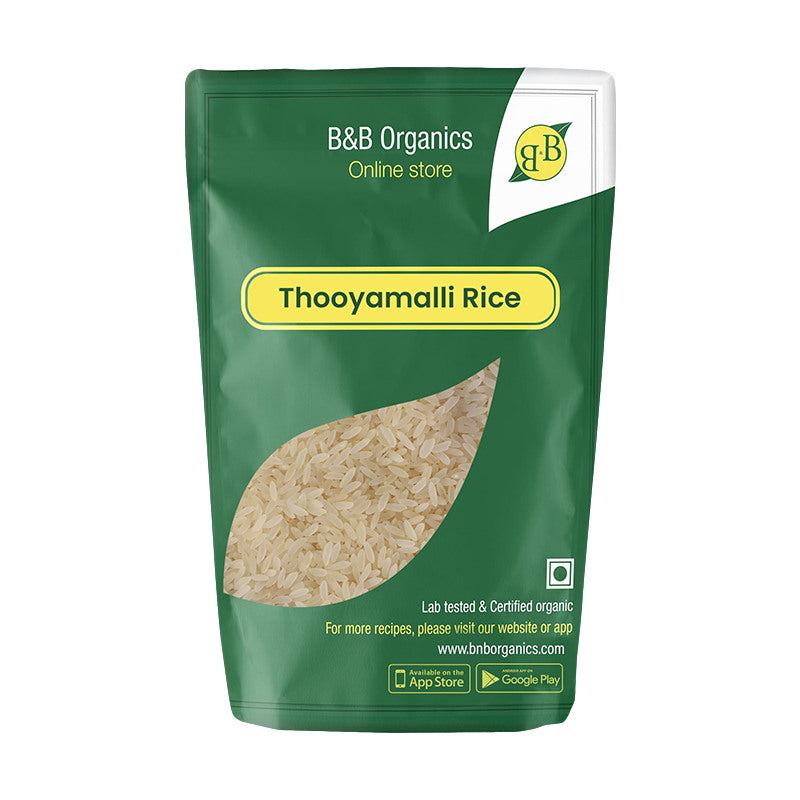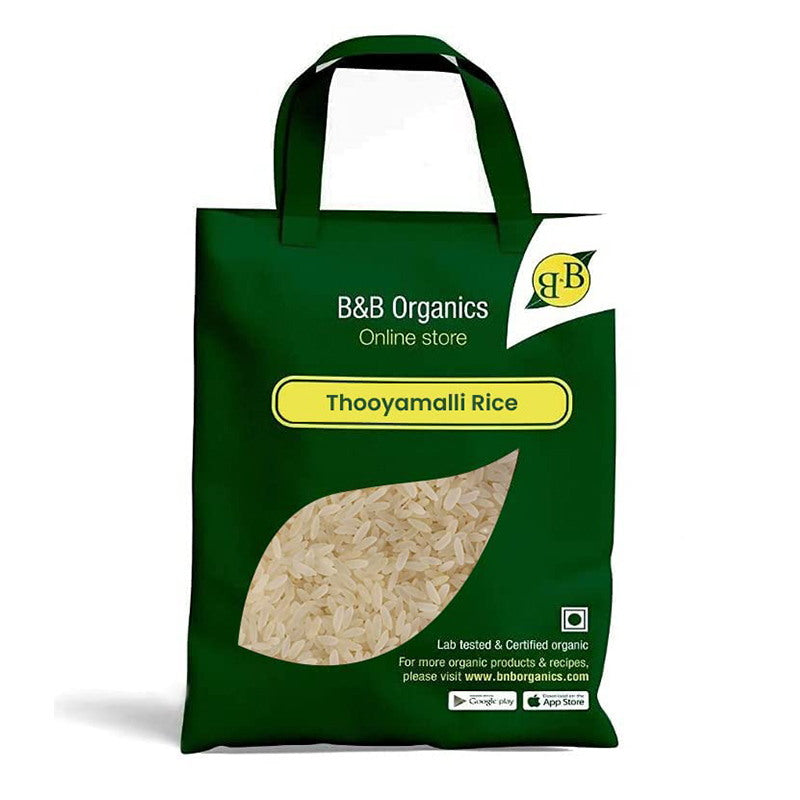Cooking oils and ghee serve to flavour food and render it less raw. The two cooking methods do vary from one another, however. Ghee began acquiring a poor reputation for being heart- and fattening-damaging in the 1970s. People began substituting ghee in their diets with refined oils as a result.
Refined oils, though, lost ground as the food industry moved in favour of the traditional. Desi ghee is regaining its past glory as a superfood as a consequence of people being extremely cautious of what they eat.

All oils, whether they are refined, cold-pressed, or wood-pressed, are said to be superior to desi ghee. This is due to the fact that vegetable oils are refined via a chemical method known as hydrogenation. Refined oils are no longer believed to be as healthy as had been thought.
Ghee and oil preparation techniques and sources:
Butter is made from curdled animal milk and is used to make ghee. The traditional way of manufacturing ghee involves churning curd into butter using a wooden beater or bilona. The butter is then slowly heated and stirred till an oily residue develops over a crimson residue. Desi Ghee, the yellow oil which has been obtained, is used.
Plants are the origin of cooking oils. Following their extraction, they are refined. They are refined after they've been extracted.
Both cooking oils and ghee are used for frying and baking. Besides that, they are used in making salad dressing and dips.

Ghee and oil's fat content:
Saturated fat is more common in desi ghee than other cooking oils. Saturated fat content in a 100g pack of desi ghee is 60.8g, opposed to 14.4g for the same volume of refined oil. Ghee has a high content of saturated fat, which has contributed to inaccurately labelling it as "harmful" in the prior. It gathers fat from resistant bodily areas regardless of its elevated content of saturated fat. Ghee's short-chain fatty acid composition makes this possible. Ghee has no trans fats.
Refined oils, on the other side, go through chemical processes that yield harmful trans-fats.
Ghee and oil's flavour and structure:
Ghee tastes deliciously buttery. The flavour of the oil resembles that of the fruit or vegetable. Most processed oils lack taste. Desi ghee is used to add rich flavour and aroma to foods, apart from pickles or dishes that need the acidic flavour of mustard oil.
Ghee melts if it's hot and solidifies to a semi-solid or solid state if it's chilly. Most cooking oils are sticky liquids that remain at room temperature. A few things, like coconut oil, turn solid in the winter.
Ghee and oil smoke points:
The ignition temperature of ghee is higher than that of butter and vegetable oils. The smoking point of Desi grass-fed ghee is 485°F. It doesn't ignite at extreme temps due to this. It smokes, turns poisonous, and releases oxidative stress that are detrimental to health if oil or cooking fat is warmed beyond its smoke point, which is lower than ghee's. Although many baking, frying, and cooking tasks involve heats above 320°F, processed oils could become toxic at these temperatures.
Ghee and oil stability:
As compared to oil, ghee is far more solid. Oil dissolves beyond the smoke point. Lower temperatures may be utilised to fry food in vegetable oils.
Ghee and oil's nutrition and health benefits:

The overall nutritional landscape now favours Desi ghee. Several reasons make it the favoured cooking medium presently:
- Ghee has a therapeutic benefit. It lessens swelling all over the body, such as the belly. Treating wounds, cuts, as well as other wounds is beneficial. Its essence is cooling. Due to Butyrate, Desi Ghee is good for the gastrointestinal tract and removes "Pitta Dosha." Take coconut oil into account, as it's also good for recovery. And yet, unless it is virgin coconut oil, it's unlikely to be synthetic and trans-fat free.
- Antioxidants found in ghee help combat oxidative stress. Refined oils, in contrast, degrade past their cloud point and generate free radicals. These free radicals have the ability to trigger cancer. Despite being known to be nutritious, olive oil and coconut oil have a lesser cloud point than ghee.
- Important short-chain fatty acids like DHA and CLA are found in ghee. Also it has fat-soluble vitamins A, D, E, and K. These features make it a superfood that boosts the immune, nervous, and cognitive functions. It facilitates good cholesterol and emulsifies joints.
It has been suggested for fat loss as well. On the other hand, processed oils are hydrogenated, which leads to harmful trans-fats. Oils become toxic as a result.
Conclusion:
Desi Ghee sticks apart from all other culinary mediums for its superfood qualities, which include its medicinal qualities in addition to its elevated smoke point and pure production method.
The only desi ghee you should buy is organically pure. Desi ghee is carefully prepared from grass-fed milk using the Bilona process, as mentioned in our literature. The whole nutrition is preserved by this process. Even Desi ghee, with its multitude of benefits, should be used sparingly; two to three teaspoons a day are typically sufficient. Taste our B&B Ghee, made using the bilona technique, for a great flavour.















